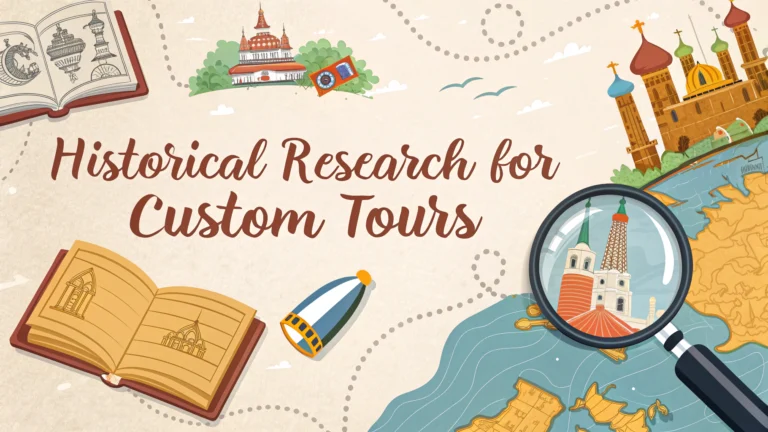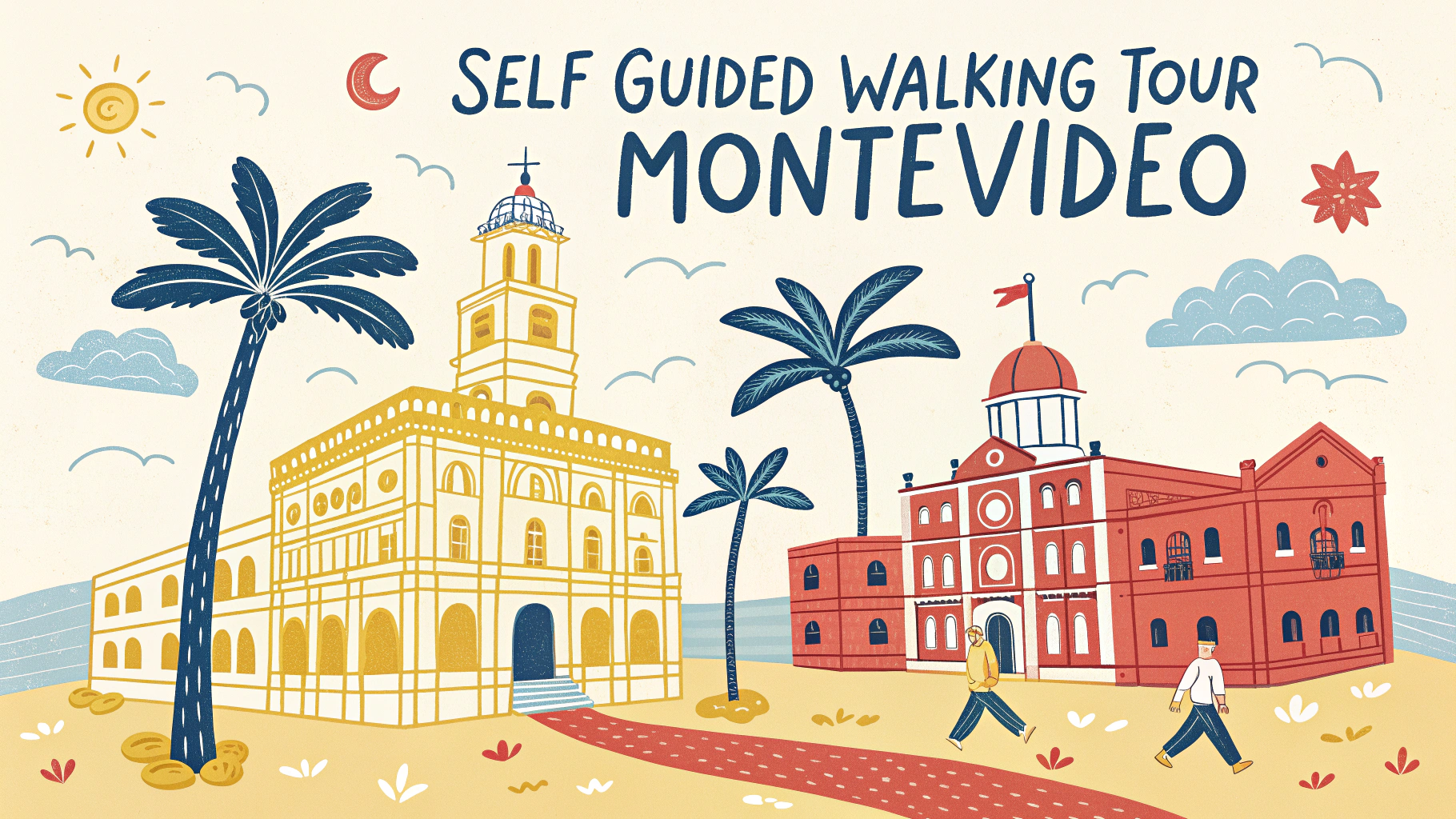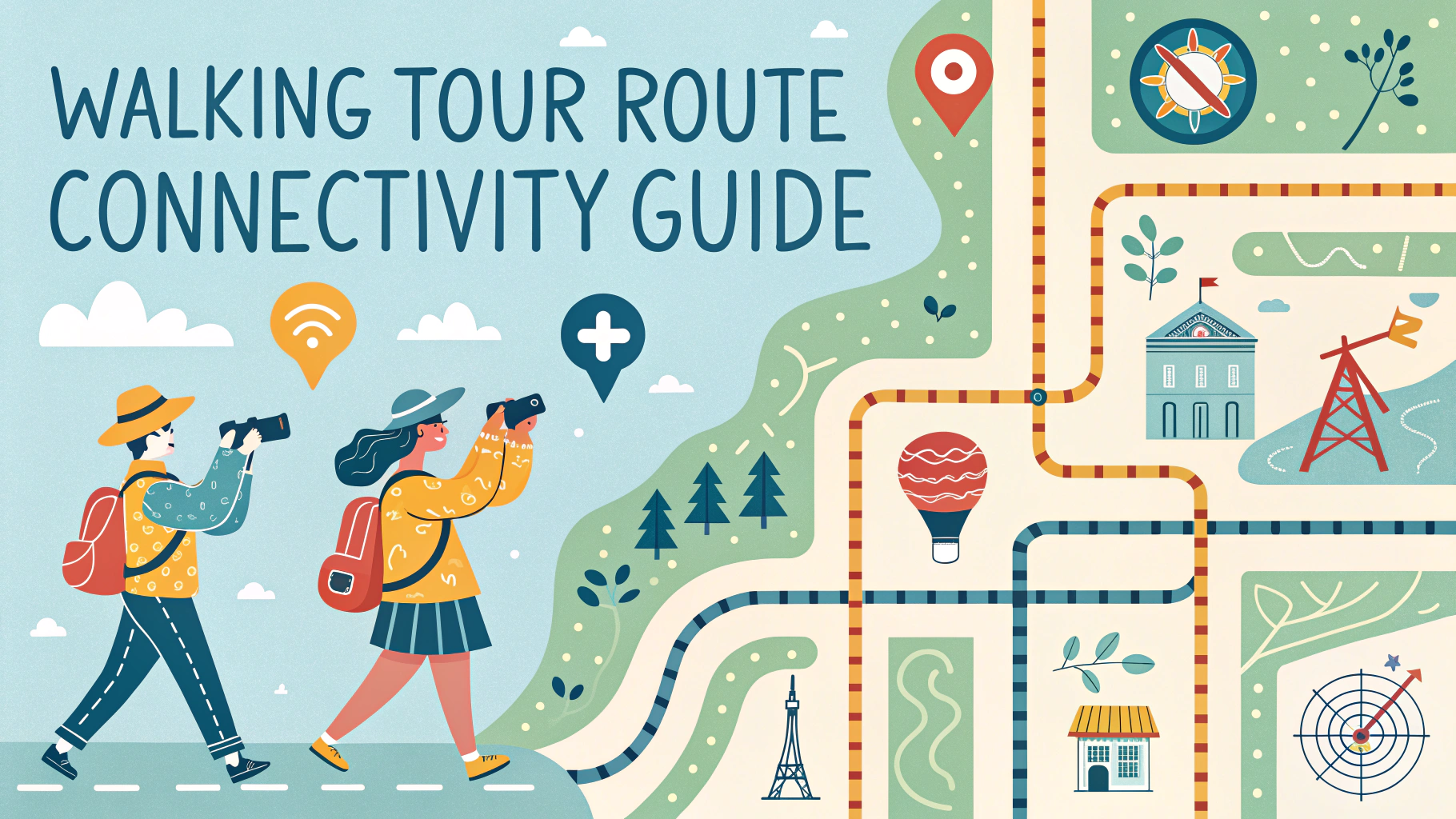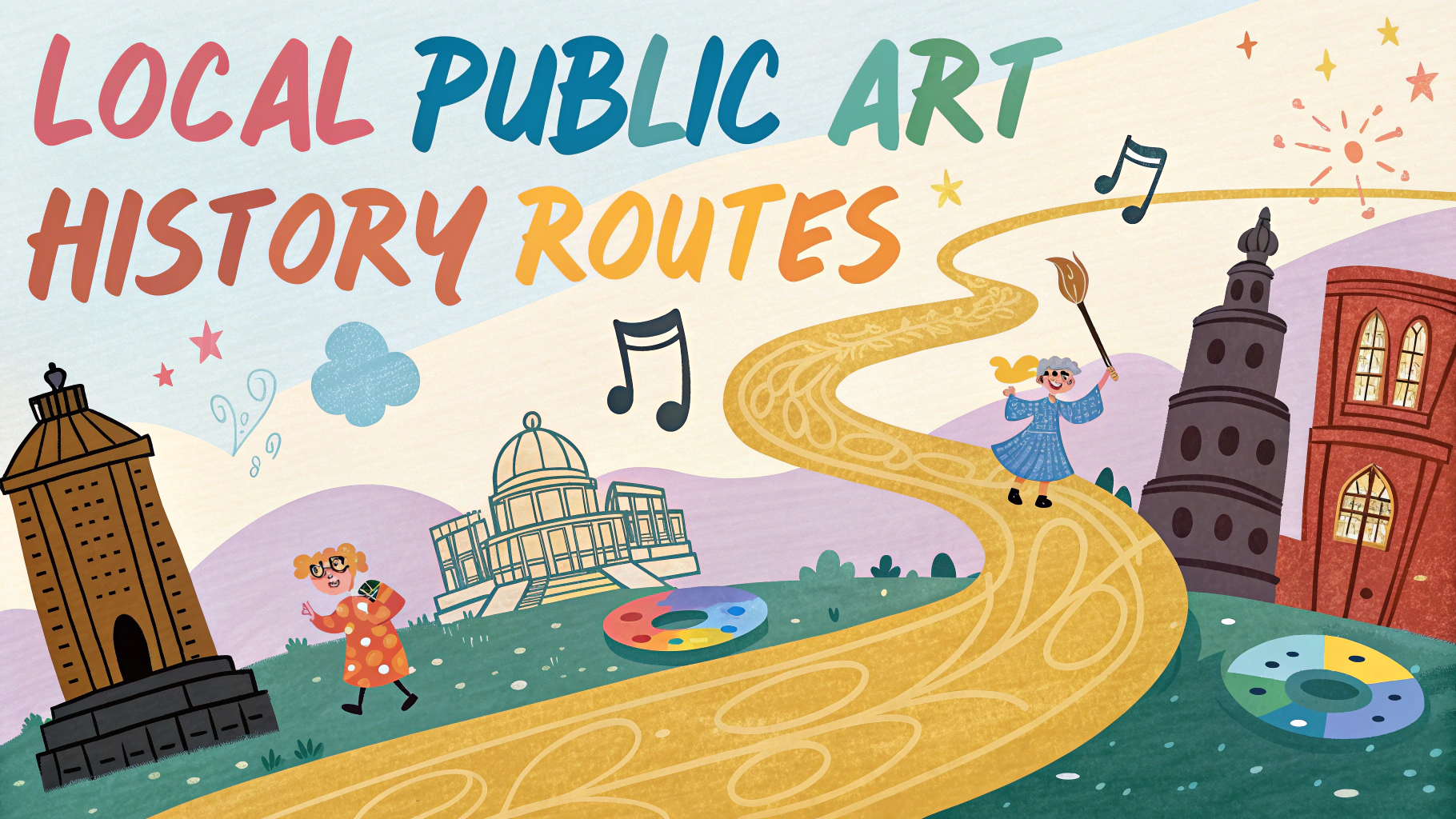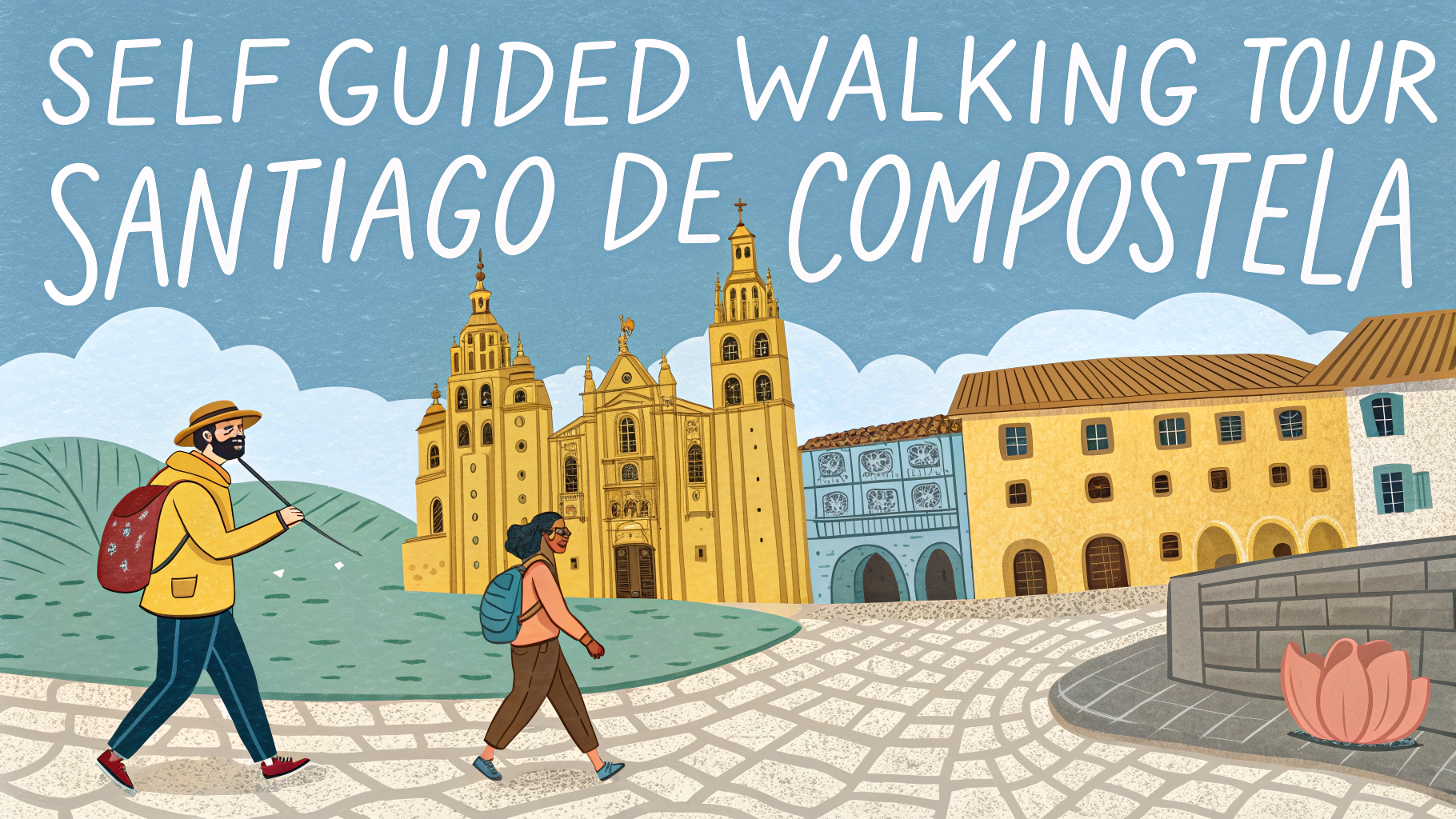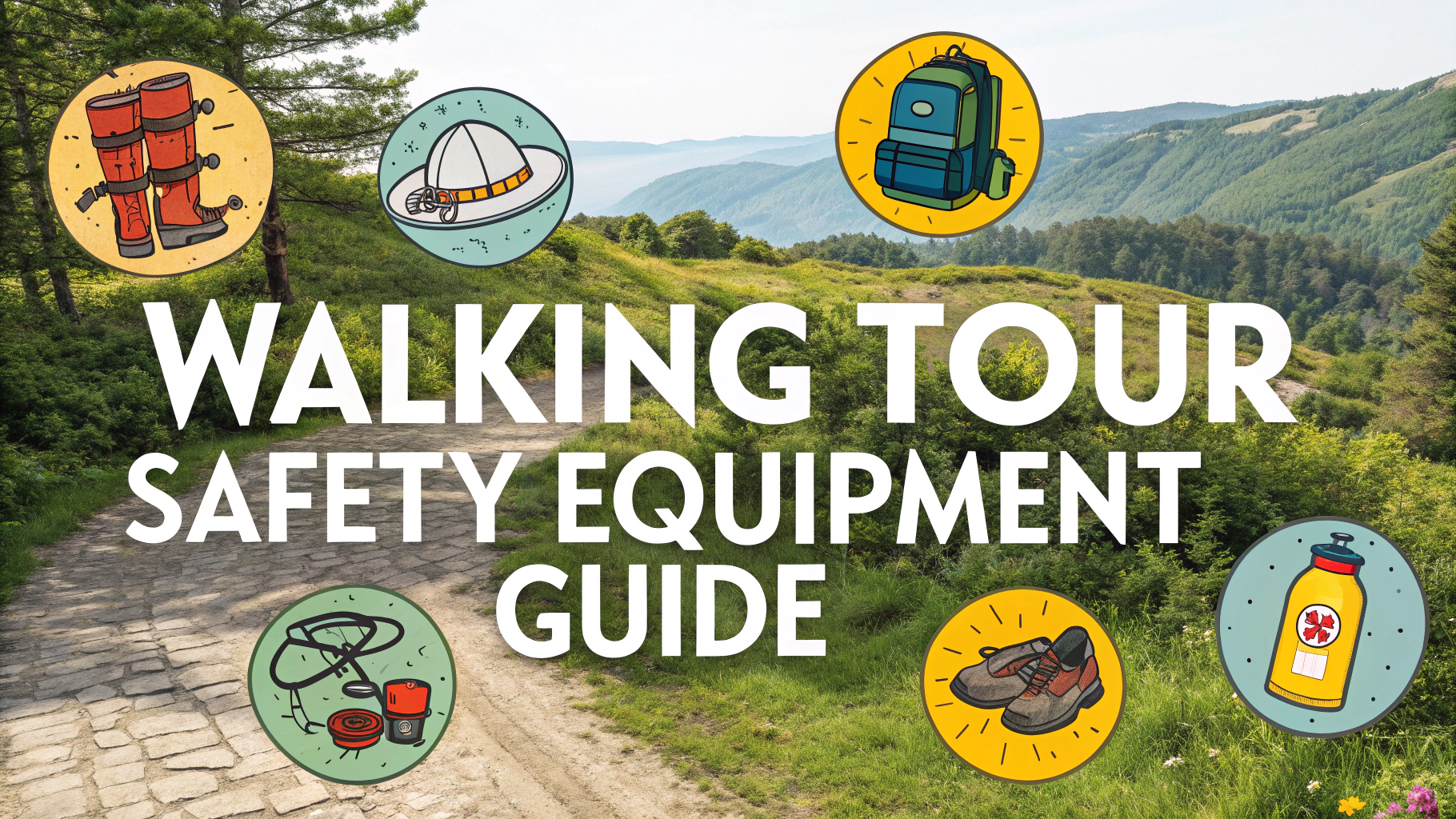Historical research forms the backbone of creating authentic and engaging self-guided walking tours.
Primary sources like old maps, photographs, and newspaper archives help uncover hidden stories and forgotten landmarks.
Essential Research Sources
- Local historical societies and museums
- City archives and libraries
- University special collections
- Online databases (Ancestry.com, newspapers.com)
- Historic preservation offices
Research Methods
Start with a timeline of significant events in your tour’s location to create a coherent narrative.
Cross-reference multiple sources to verify historical facts and dates.
Interview local historians and long-time residents for unique perspectives and stories.
Practical Tips for Tour Development
- Map out walking distances between points of interest
- Research accessibility and current conditions of historic sites
- Document operating hours and seasonal changes
- Note public restroom locations and rest areas
- Include alternative routes for mobility-impaired visitors
Digital Tools for Research
| Tool | Purpose |
|---|---|
| Google Maps Timeline | Street view comparisons across years |
| Library of Congress Digital Collections | Historical photographs and documents |
| Archive.org | Digital books and historical records |
Documentation Best Practices
Create detailed citations for all historical sources to maintain credibility.
Organize findings in a chronological database or spreadsheet for easy reference.
Take contemporary photos of locations to compare with historical images.
Common Research Challenges
- Conflicting historical accounts
- Missing or incomplete records
- Changed street names or building numbers
- Demolished or heavily modified buildings
Consider partnering with local historical organizations for access to additional resources and expertise.
Legal Considerations
- Obtain permissions for using copyrighted historical materials
- Check local regulations regarding tour operations
- Verify access rights to private properties on the route
Contact your city’s tourism board or historical commission for guidance on permits and regulations.
Quality Control
Test the tour route multiple times under different conditions and times of day.
Have local history experts review your research and tour content for accuracy.
Update tour information regularly to reflect any changes in access, construction, or new historical findings.
Engaging Tour Content
Balance historical facts with engaging storytelling to maintain visitor interest throughout the tour.
Include sensory details and period-specific descriptions to help visitors imagine the historical context.
- Incorporate quotes from historical figures
- Highlight interesting architectural details
- Include period-appropriate anecdotes
- Reference historical events that shaped the area
Technical Implementation
Audio Considerations
- Record clear, professional narration
- Include ambient sounds where appropriate
- Provide written transcripts for accessibility
Mobile App Features
- Offline map functionality
- GPS-triggered content delivery
- Interactive historical overlays
- Photo galleries comparing past and present
Marketing and Distribution
Develop partnerships with local tourism offices and accommodation providers to promote your tour.
- Create social media presence with historical content
- Offer seasonal or themed variations
- Consider multiple language versions
- Develop promotional materials highlighting unique aspects
Conclusion
Successful self-guided walking tours require thorough historical research, meticulous attention to practical details, and engaging presentation methods. Regular updates and quality control ensure long-term sustainability and visitor satisfaction.
Remember that the best walking tours evolve over time, incorporating new discoveries and responding to visitor feedback while maintaining historical accuracy and educational value.
FAQs
- What primary sources should I use when researching historical sites for walking tours?
Local archives, historical society records, old maps, period photographs, newspapers from the era, city directories, and census records are essential primary sources for accurate historical research. - How do I verify historical facts when creating a self-guided walking tour?
Cross-reference multiple reputable sources, consult academic publications, contact local historians, and verify information through official historical archives and preservation societies. - What are the key elements to include in a historical walking tour route?
Include architectural landmarks, historically significant buildings, cultural sites, notable event locations, historically accurate anecdotes, and clear chronological or thematic connections between stops. - How do I determine the optimal length for a self-guided walking tour?
Most successful self-guided walking tours last 1-2 hours and cover 1-2 miles, with 8-12 stops, accounting for walking pace, photo opportunities, and reading time at each location. - What technological tools can enhance historical research for walking tours?
Digital archives, GIS mapping software, historical database subscriptions, genealogy websites, and digital newspaper archives like newspapers.com or chroniclingamerica.loc.gov. - How do I incorporate oral histories into walking tour research?
Contact local historical societies, interview long-time residents, access university oral history collections, and verify personal accounts with documented historical records. - What legal considerations should I research when creating walking tours?
Property access rights, public space regulations, photography permissions, copyright laws for historical content, and local tour guide licensing requirements. - How do I research and include diverse historical perspectives in walking tours?
Consult minority community archives, cultural organizations, ethnic historical societies, and specialized collections that document underrepresented groups’ histories. - What period-specific details should I research to create authentic historical context?
Research period-appropriate architecture, social customs, local businesses, transportation systems, and significant local events that shaped the area’s development. - How do I research and incorporate historical maps into walking tours?
Access Sanborn fire insurance maps, historical atlases, city planning documents, and overlay historical maps with current ones to track changes and identify significant locations.
